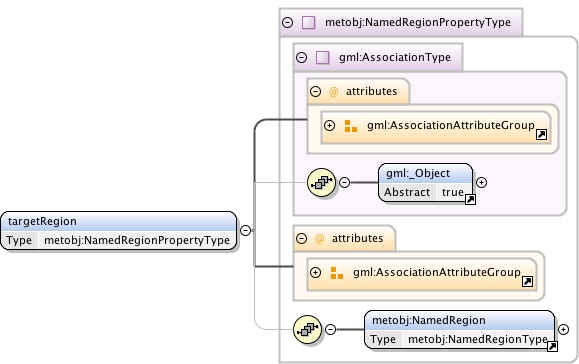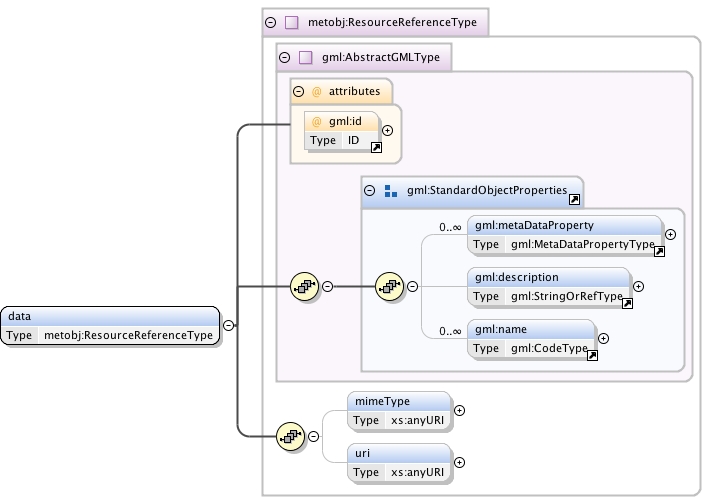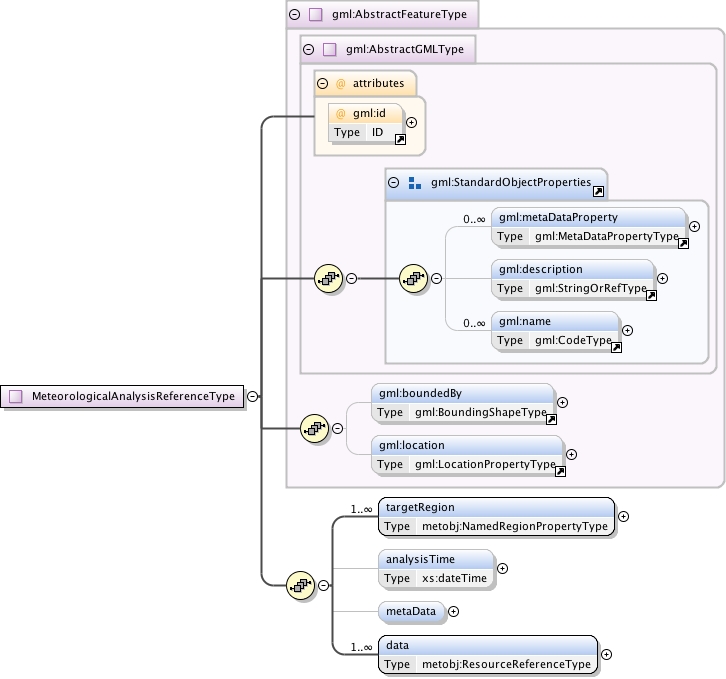| Namespace | http://xml.fmi.fi/namespace/meteorology/conceptual-model/meteorological-objects/2009/04/28 | |||||||||||||||||||||||||||||||||||||||||||||||||||||||||
|
Diagram
|
 |
|||||||||||||||||||||||||||||||||||||||||||||||||||||||||
| Type | metobj:NamedRegionPropertyType | |||||||||||||||||||||||||||||||||||||||||||||||||||||||||
| Type hierarchy | ||||||||||||||||||||||||||||||||||||||||||||||||||||||||||
|
Properties
|
|
|||||||||||||||||||||||||||||||||||||||||||||||||||||||||
| Model | metobj:NamedRegion | |||||||||||||||||||||||||||||||||||||||||||||||||||||||||
| Children | metobj:NamedRegion | |||||||||||||||||||||||||||||||||||||||||||||||||||||||||
|
Attributes
|
|
|||||||||||||||||||||||||||||||||||||||||||||||||||||||||
|
Source
|
|
|||||||||||||||||||||||||||||||||||||||||||||||||||||||||
| Schema location | http://xml.fmi.fi/schema/meteorology/conceptual-model/meteorological-objects/2009/04/28/metobjects-common.xsd |



